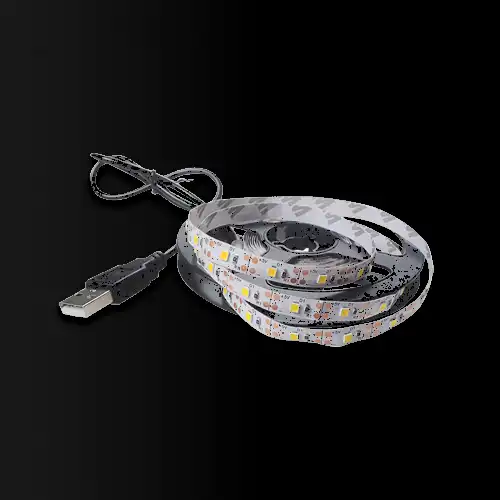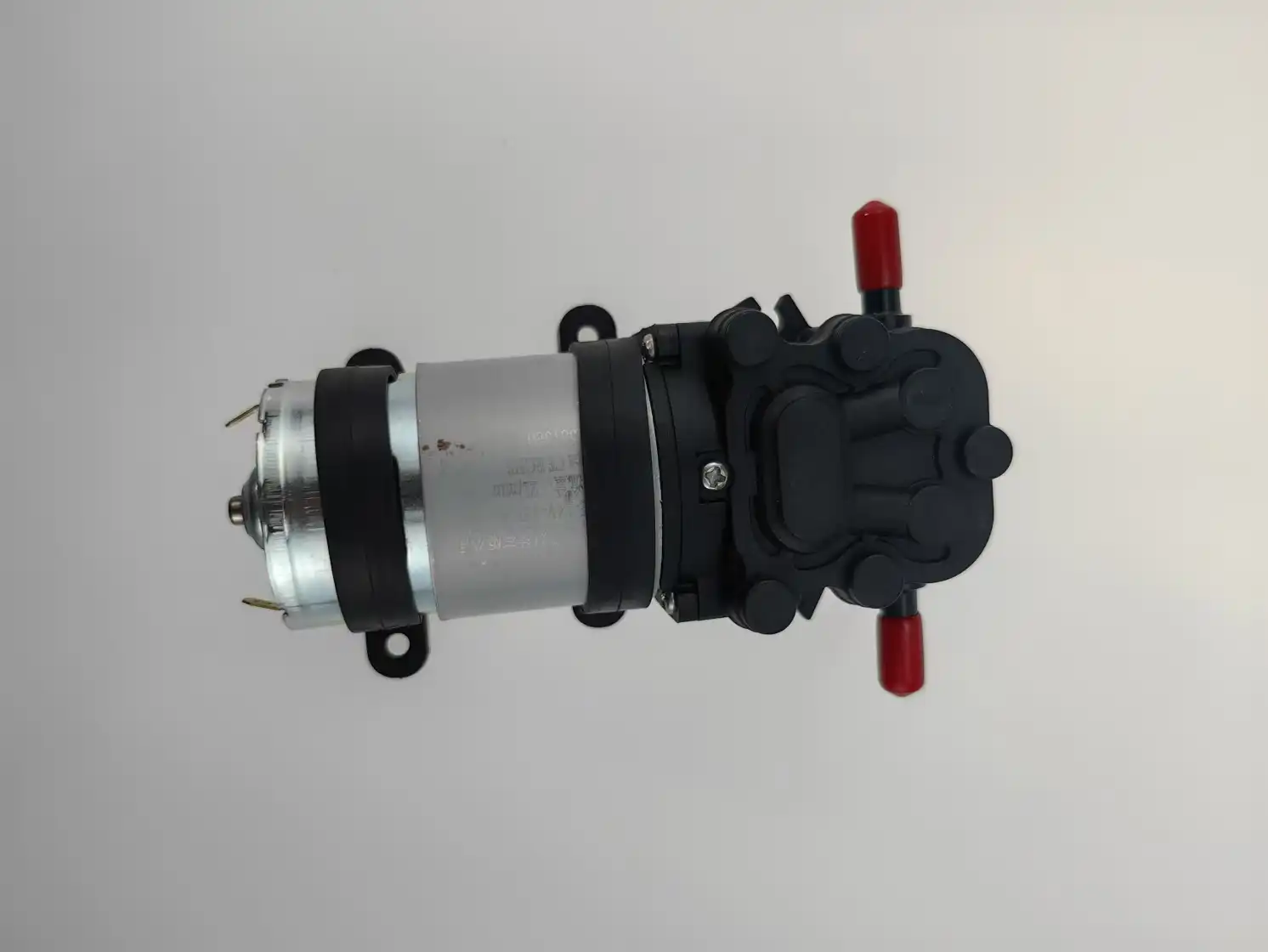What Maintenance Does a Coffee Grinder Motor Require?
2024-08-22 16:10:39
To ensure a Coffee Grinder Motor, extend the life of your coffee grinder, and ultimately produce better-tasting coffee, regular maintenance is essential. The grinder's motor is its heart, and regular maintenance is essential to keep it running smoothly. In this blog entry, we will investigate the fundamental upkeep undertakings for an espresso processor engine, resolving normal inquiries and giving point by point direction to assist you with keeping your processor in top condition.
How Often Should You Clean Your Coffee Grinder Motor?
Regular Cleaning Schedule
Keeping your Coffee Grinder Motor clean is the first step in maintaining the motor. Coffee residue, oils, and dust can build up over time, leading to decreased performance and even potential damage to the motor. Establishing a regular cleaning schedule is essential for preventing these issues.
Daily Cleaning
For daily cleaning, focus on the parts of the grinder that come into direct contact with the coffee beans. This includes the hopper, burrs, and grounds container. While this routine doesn't involve the motor directly, keeping these parts clean helps prevent debris from reaching the motor.
- Empty the Hopper: At the end of each day, empty any remaining coffee beans from the hopper. This prevents stale beans and oils from building up and affecting the motor.
- Wipe Down the Exterior: Use a damp cloth to wipe down the exterior of the grinder. This helps remove any coffee dust and prevents it from getting inside the machine.
Weekly Cleaning
A more thorough cleaning should be done weekly. This involves disassembling the grinder and cleaning the internal components more deeply.
- Remove and Clean the Burrs: Take out the burrs and use a brush to clean off any residue. This prevents the motor from working harder due to clogged burrs.
- Check for Residue: Inspect the grinder's interior for any buildup of coffee dust or oils. Use a vacuum or compressed air to remove any debris that might have accumulated.
Monthly Cleaning
Once a month, perform an even deeper clean to ensure the motor and other internal components remain in good condition.
- Deep Clean the Grinder: Follow the manufacturer's instructions for a deep clean. This might involve using specialized cleaning pellets designed to remove oils and residue from the grinder.
- Inspect the Motor: While cleaning, check the motor for any signs of wear or damage. Look for any unusual sounds or vibrations during operation.
Special Cleaning Techniques
Using Cleaning Pellets
Cleaning pellets are an effective way to maintain your coffee grinder. These pellets are designed to be ground like coffee beans, cleaning the burrs and removing oils and residues without the need for disassembly.
- Procedure: Simply run the recommended amount of cleaning pellets through the grinder, followed by a batch of coffee beans to remove any remaining residue from the pellets.
Air Blowing
Compressed air can be used to blow out any dust or coffee particles from hard-to-reach areas within the grinder.
- Procedure: Hold the grinder upside down and use short bursts of compressed air to blow out any debris. Be careful not to damage any delicate parts with excessive force.

What Are the Signs That Your Coffee Grinder Motor Needs Maintenance?
Unusual Noises
One of the first signs that your Coffee Grinder Motor needs maintenance is unusual noises during operation. Grinding should be a relatively smooth and consistent process, so any deviation from this could indicate a problem.
Grinding or Screeching Sounds
These noises often mean that something is obstructing the burrs or that the motor is struggling.
- Possible Causes: Build-up of coffee residue, foreign objects in the grinder, or worn-out burrs.
- Solutions: Clean the grinder thoroughly, inspect for any foreign objects, and replace worn burrs if necessary.
Rattling Sounds
Rattling sounds can indicate loose parts or components within the grinder.
- Possible Causes: Loose screws or fittings, worn-out bearings.
- Solutions: Tighten any loose screws or fittings and inspect the bearings for wear. If the bearings are worn out, they may need to be replaced.
Decreased Performance
Another sign that your coffee grinder motor needs maintenance is a noticeable decrease in performance. This can manifest in several ways, such as slower grinding times, uneven grind size, or the grinder overheating.
Slow Grinding Times
If your grinder is taking longer than usual to grind the same amount of coffee, this could indicate that the motor is struggling.
- Possible Causes: Build-up of coffee oils and residue, dull burrs, or motor issues.
- Solutions: Clean the grinder, sharpen or replace the burrs, and check the motor for any signs of wear.
Uneven Grind Size
A consistent grind size is crucial for making good coffee. If you notice that your grinder is producing uneven grounds, this could be a sign of motor problems.
- Possible Causes: Worn burrs, motor issues, or alignment problems.
- Solutions: Replace worn burrs, ensure the burrs are properly aligned, and inspect the motor for any signs of malfunction.
Overheating
If the motor is overheating, it could be a sign of a serious issue that needs immediate attention.
- Possible Causes: Overuse, poor ventilation, or motor wear.
- Solutions: Allow the grinder to cool down between uses, ensure it is well-ventilated, and inspect the motor for any signs of wear or damage.
Electrical Issues
Electrical issues can also indicate that your coffee grinder motor needs maintenance. These issues can be more serious and may require professional repair.
Flickering Lights or Tripping Breakers
If using your coffee grinder causes flickering lights or trips the circuit breaker, this could indicate an electrical problem with the motor.
- Possible Causes: Faulty wiring, short circuits, or an overloaded motor.
- Solutions: Inspect the wiring for any signs of damage, ensure the grinder is not overloaded, and consult a professional if necessary.
Motor Fails to Start
If the motor fails to start, this could indicate a problem with the electrical components of the grinder.
- Possible Causes: Faulty power switch, blown fuse, or motor burnout.
- Solutions: Check the power switch and fuse, and consult a professional if the motor needs to be replaced.
How Can You Extend the Life of Your Coffee Grinder Motor?
Regular Lubrication
Lubricating the moving parts of your Coffee Grinder Motor can help reduce friction and wear, extending the life of the motor.
Identifying Lubrication Points
Consult the user manual to identify which parts of your coffee grinder require lubrication. These are usually the burrs and any other moving parts that come into contact with each other.
- Procedure: Use food-grade lubricant recommended by the manufacturer. Apply a small amount to the designated areas and ensure it is evenly distributed.
Frequency of Lubrication
The frequency of lubrication depends on how often you use your grinder. For most household grinders, lubricating every few months should be sufficient.
- Heavy Use: If you use your grinder daily, consider lubricating it more frequently.
- Light Use: For occasional use, lubrication every six months should be adequate.
Proper Storage
Storing your coffee grinder properly can also help extend the life of the motor.
Avoiding Humidity
Moisture can damage the motor and other components of the grinder. Store your grinder in a dry place to prevent rust and electrical issues.
Keep the grinder away from sinks, stoves, and other sources of moisture. Use a protective cover if necessary.
Preventing Dust Buildup
Dust can accumulate inside the grinder and affect the motor's performance. Store your grinder in a clean environment to prevent dust buildup.
Keep the grinder covered when not in use and clean the surrounding area regularly.
Usage Best Practices
Following best practices for using your coffee grinder can significantly extend the life of the motor.
Avoid Overloading
Overloading the grinder can strain the motor and cause it to overheat. Always follow the manufacturer's guidelines for the maximum amount of coffee beans.
Grind in smaller batches if you need to process a large quantity of beans. Allow the motor to rest between batches.
Allow Cooling Periods
Allowing the grinder to cool down between uses can prevent overheating and reduce wear on the motor.
If you need to grind multiple batches, let the grinder rest for a few minutes between each batch.
Regular Inspections
Regularly inspecting your grinder can help you catch any potential issues before they become serious problems.
Look for signs of wear, unusual noises, or decreased performance. Address any issues immediately to prevent further damage.
Professional Servicing
For more serious maintenance tasks, consider having your coffee grinder professionally serviced.
When to Seek Professional Help
If you notice any major issues with your grinder, such as electrical problems or significant motor wear, it's best to consult a professional.
Look for authorized service centers recommended by the manufacturer. Regular professional servicing can extend the life of your grinder and ensure it operates at peak performance.
Cost vs. Replacement
Consider the cost of professional servicing compared to the cost of replacing the grinder. For high-end grinders, servicing can be a cost-effective way to extend their life.
Weigh the cost of repairs against the age and condition of the grinder. If the grinder is relatively new, investing in professional servicing can be worthwhile.
Conclusion
Maintaining your Coffee Grinder Motor is essential for ensuring consistent performance and extending the life of your grinder. Regular cleaning, proper lubrication, and following best practices for use and storage can help keep your grinder in top condition. By addressing any signs of wear or issues promptly, you can enjoy fresh, perfectly ground coffee for years to come.
References
1. Home Grounds. (2023). The Complete Guide to Coffee Grinders. Retrieved from https://www.homegrounds.co/coffee-grinders/
2. Coffee Geek. (2023). Understanding Coffee Grinder Motors. Retrieved from https://www.coffeegeek.com/guides/understanding-coffee-grinder-motors
3. Barista Institute. (2022). How to Choose the Right Coffee Grinder. Retrieved from https://www.baristainstitute.com/how-to-choose-right-coffee-grinder
4. Consumer Reports. (2023). Best Coffee Grinders of 2023. Retrieved from https://www.consumerreports.org/coffee-grinders/best-coffee-grinders-of-2023/
5. Perfect Daily Grind. (2023). AC vs DC Motors in Coffee Grinders. Retrieved from https://www.perfectdailygrind.com/ac-vs-dc-motors-in-coffee-grinders/
6. The Spruce Eats. (2023). How to Clean a Coffee Grinder. Retrieved from https://www.thespruceeats.com/how-to-clean-a-coffee-grinder-4160333
7. Seattle Coffee Gear. (2023). Burr vs Blade Coffee Grinders: What’s the Difference? Retrieved from https://www.seattlecoffeegear.com/learn/burr-vs-blade-coffee-grinders
8. Coffee Detective. (2023). Tips for Maintaining Your Coffee Grinder. Retrieved from https://www.coffeedetective.com/coffee-grinder-maintenance-tips
9. Wired. (2023). The Best Coffee Grinders. Retrieved from https://www.wired.com/review/best-coffee-grinders/
10. Espresso Parts. (2023). Coffee Grinder Maintenance Tips. Retrieved from https://www.espressoparts.com/blogs/news/coffee-grinder-maintenance-tips
Send Inquiry
Related Industry Knowledge
- How should I choose the right O Rings for my model of coffee machine?
- Can You Adjust the Boiler Temperature in Coffee Machines?
- How Often Should You Replace Coffee Vending Machine Spare Parts?
- What Are the Key Components of a Coffee Vending Machine Dispensing System?
- Do I need a grinder for an espresso machine?
- Is it necessary to have a Coffee Vending Machine Ingredient Canisters?
- What safety standards and regulations need to be followed when designing vending machine circuit boards?
- What Is a Coffee Bean Hopper?
- How does the valve coffee machine work
- How Do Coffee Vending Machine Mixing Systems Ensure Consistent Flavor?

.webp)
.webp)
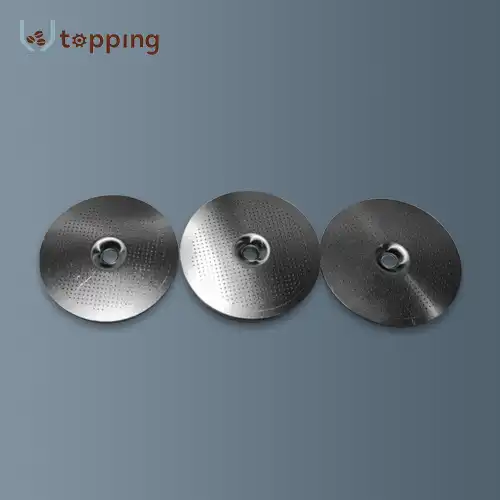
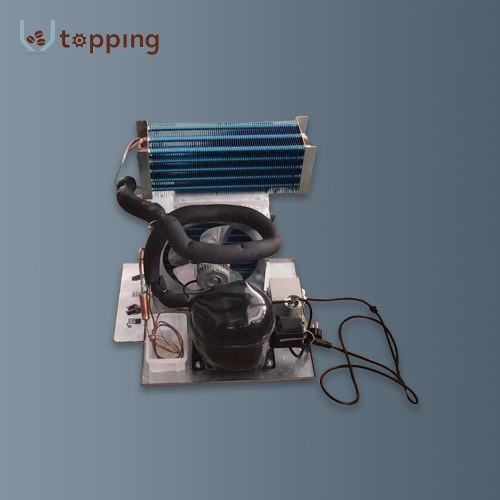
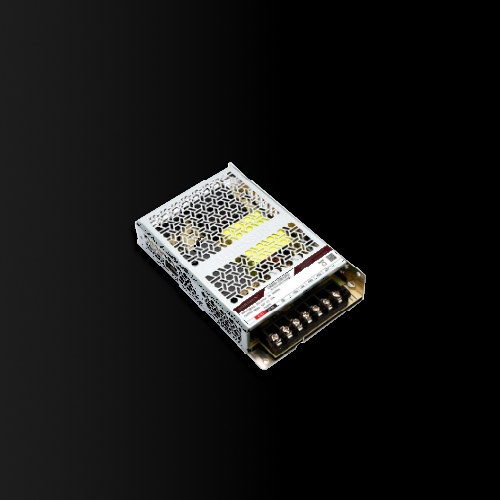
.webp)
